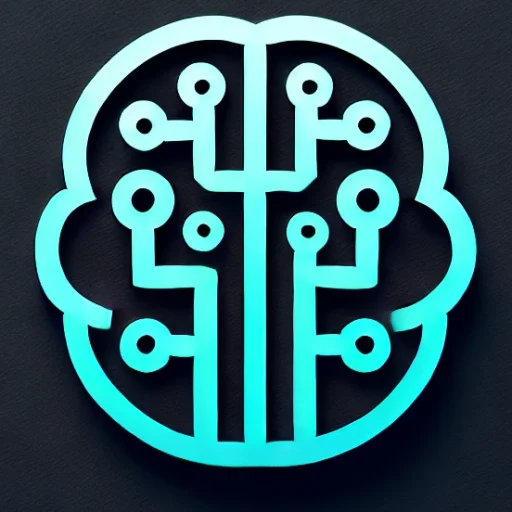
Introduction
As the pace of technological advancement accelerates, one topic has captured the imagination of innovators and industries alike: Generative AI. From creating art and music to powering complex simulations and product designs, generative AI represents a pivotal shift in how we leverage artificial intelligence to augment human creativity and solve complex problems. In this blog, we’ll explore the remarkable developments in generative AI, its applications across different sectors, and the challenges it presents as we move towards a more AI-integrated future.
Key Insights & Latest Advancements
Generative AI, primarily driven by advancements in machine learning and neural networks, has seen a surge in both capability and implementation. Platforms like GPT-3 and DALL-E from OpenAI have showcased the ability to generate human-like text and hyper-realistic images, respectively. These tools are an example of how AI can mimic human creativity while offering scalability and efficiency that traditional methods cannot match.
Recent breakthroughs include advancements in Transformers, a type of neural network architecture that excels in processing sequential data, which powers many state-of-the-art generative models. AI systems are now capable of generating not just static content, but dynamic and interactive media, pushing the boundaries of how content is consumed and experienced.
Real-World Applications
The impact of generative AI is vast and varied across industries:
-
Entertainment and Media: AI is revolutionizing content creation, enabling personalized storytelling and interactive experiences that adapt to user input in real time. It’s used to produce everything from video games to advertisements, offering cost-effective and engaging solutions.
-
Healthcare: In medicine, AI-generated models assist in creating simulations for drug testing and personalized treatment plans, significantly reducing the time and cost associated with development.
-
Design and Manufacturing: Generative design algorithms explore a vast space of design possibilities, optimizing products for performance and efficiency. From automotive parts to architectural designs, AI helps create innovative solutions that might not be achievable through traditional methods.
Challenges & Future Outlook
Despite its potential, generative AI poses several challenges. Ethical concerns arise around content authenticity, as the line between human and AI-generated works becomes blurred. Additionally, the potential for misuse in creating deepfakes or generating misleading content is a significant concern.
Another challenge is ensuring that AI-generated content respects copyright laws and intellectual property rights. As AI tools become more accessible, determining ownership and attribution will require robust legal frameworks and possibly new laws.
Looking ahead, the future of generative AI seems bright, with possibilities for increased personalization, enhanced human-machine collaboration, and the democratization of creativity. However, addressing ethical concerns and technical limitations will be crucial to harnessing its full potential.
Conclusion
Generative AI stands at the intersection of creativity and technology, offering unprecedented opportunities to innovate and create. As this technology continues to evolve, it promises to redefine industries, drive economic growth, and shape the future of how we create and interact with content. The key takeaway is that while the possibilities of generative AI are vast, its deployment must be managed carefully, balancing innovation with ethical considerations to ensure it serves humanity’s best interests.

